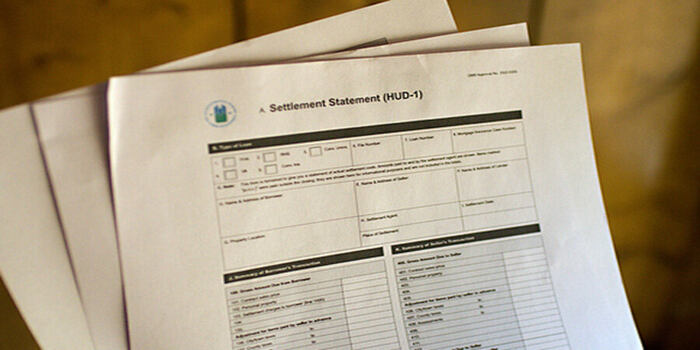Pro-forma Earnings
Jan 23, 2024 By Susan Kelly
Most often, Pro-forma earnings refer to earning that excludes certain costs. This can lead to a distortion of a company's true profitability. These earnings are not compliant with GAAP and are often higher than those. This term can also refer to projected earnings in an IPO or business plan. In Latin, pro forma means "for form sake."
Understanding Pro-Forma Earnings
Publicly traded companies may report Pro-forma earnings to give investors a better picture of their financial situation. Although Pro-forma earnings can be higher or lower than GAAP, they are usually higher. These earnings could exclude items that aren't normal parts of normal operations, such as restructuring costs and asset impairments. The company may exclude these items to show its normal profitability better.
Some companies may abuse this practice and exclude items that should be included. Pro-forma earnings are not comparable to GAAP earnings. They do not conform to standard rules and regulations. When GAAP requirements are applied, Pro-forma earnings can turn positive into negative. A company might report a quarterly net loss if it follows GAAP guidelines. If the loss was due to restructuring or litigation costs, the company could prepare Pro-forma statements showing a profit.
Problems with Pro Forma
Too often, companies release positive earnings reports but leave out things like acquisition-related expenses and stock-based compensation. These companies expect people to forget that such expenses are real and should be included. Companies sometimes even remove unsold inventory from their balance sheets to report Pro-forma earnings. Consider this question: Does producing inventory cost money to produce? It does. So why shouldn't the company be able to write it off? It is bad management to produce products that aren't sellable, and financial statements shouldn't reflect poor business decisions.
However, this doesn't necessarily mean companies are dishonest about Pro-forma earnings. Pro forma does not automatically mean that the numbers have been manipulated. You can save a lot of money by being skeptical about Pro-forma earnings. You can evaluate the validity of Pro-forma earnings by looking at the costs of the exclusion and deciding if these costs are real. It is okay to write off intangibles such as depreciation or goodwill occasionally. However, the reasons might not be honorable if it is done every quarter.
Some of the most egregious Pro-forma earnings manipulations occurred in the dot-com era in the late 1990s. Many Nasdaq-listed companies used Pro-forma earnings management to report stronger Pro-forma numbers. Cumulatively, the gap between GAAP earnings in the dotcom sector and Pro-forma earnings was worth billions of dollars.

Benefits of Pro Forma Analysis
Pro-forma numbers are, as mentioned previously, supposed to provide investors with a better view of company operations. Pro-forma earnings can provide an accurate picture of a company's financial performance and outlook, depending on the nature of its business. Pro-forma reporting is more common in certain industries than in others. This is because industry characteristics are often the reason companies report Pro-forma numbers. Some telephone and cable companies rarely make a net operating profit, as they have to write down large depreciation expenses.
One-time fees can also be incurred when a company undergoes a significant restructuring process or merges. These expenses are not part of an ongoing cost structure and can have a negative impact on short-term profits. Investors interested in valuing the company's long-term potential should analyze Pro-forma earnings. These non-recurring expenses are excluded.
Corporate managers and investment banks also prepare Pro-forma financial statements. These are used to evaluate the future operating prospects of their businesses and assist with valuations of potential takeovers targets. These financial statements are useful tools for identifying core values and analyzing changes within a company.
Conclusion
Pro-forma earnings can be informative, especially when official earnings are distorted by asset depreciation or goodwill. It's up to you to examine why pro forma earnings are being treated. You should remember that Pro-forma numbers are not subjected to the same scrutiny as GAAP earnings and therefore don't need to be scrutinized as much.

When reading Pro-forma statement, do your research and keep a balanced view. Then, determine if the differences are fair or to make a losing business look better. It is important to have a clear financial picture to make informed decisions, regardless of whether Pro-forma earnings are included.

Employees Want Help Understanding Benefits Offered by Employers

Which Mortgage Type Should I Choose?

Earnings Face-Off: Uber vs. Lyft for Drivers

What Is A Mortgage? Classes, Operation, and Typical Applications

An Ultimate Guide: What Is the HUD-1 Settlement Statement?

Equity Financing vs. Debt Financing

Things You Should Know About Early 401(k) Withdrawals

Kinds of Listing Agreements for Selling a Home

Why We Often Choose Now Over Later: A Look at Temporal Discounting

